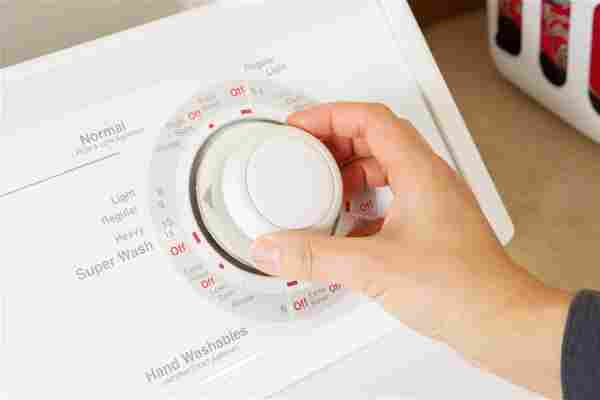As electricity intake increases, a lot of utility companies are committed to keeping your expenses down even within the most extreme months. In past years, the average electricity cost in the U.S. is $0.131 per kWh (kilowatt hour). That is actually down year upon year – in previous years, the cost was as high as $0.131 per kilowatt hours.

If you wish to avail Jamerson Appliance Repair’s appliance repair services , contact us today at (910) 351-0293. We are happy to serve you!
However, in past years, the average yearly electricity intake for a United States residential utility consumer was 10,812 kWh (kilowatt hours), an average of 901 kilowatt hours a month. That means the average residential electricity customer pays about $1416 a year for electricity. Louisiana experienced the highest yearly electricity intake at 15,435 kilowatt hours per residential consumer, and Hawaii experienced the lowest at 6,166 kilowatt hours per residential consumer, with various annual expenses to match.
It’s an excellent indicator for how many residents in the United States use popular household appliances like dishwashers, washing machines, and televisions on a routine basis. Here, we list the top 10 most common household appliances listed in order of energy intake:
Central AC (two ton): 1450 kilowatt hours a month Water Heater (four-person household): 310 kilowatt hours a month Fridge (17 to 20 cubic foot): 205 kilowatt hours per month Dryer: kilowatt hours per month Oven Range: 58 kilowatt hours per month Lighting 4 to 5 room household: 50 kilowatt hours a month Dishwasher: 30 kilowatt hours a month TV: 27 kilowatt hours/mo Microwave: 16 kilowatt hours/mo Washing Machine: 9 kilowatt hours/mo
Keep the above list on-hand and adjust how much you utilize the aforementioned leading electricity-using household appliances to keep them from draining your checking account. Here are some other energy-saving ideas, too:
• Unplug household appliances, or utilize a power strip and strip’s off/on button to cut off all power to the household appliance when it is turned off
• Keep air moving using ceiling fans
• Reduce water heating expenses by utilizing less hot water
• Arrange routine service for heating system
• Seal and find leaks
• Adjust temperature
• Cover all drafty windows
Are you in need of appliance repair services? If the answer is yes, please feel free to get in touch with Jamerson Appliance Repair right away at (910) 351-0293.
